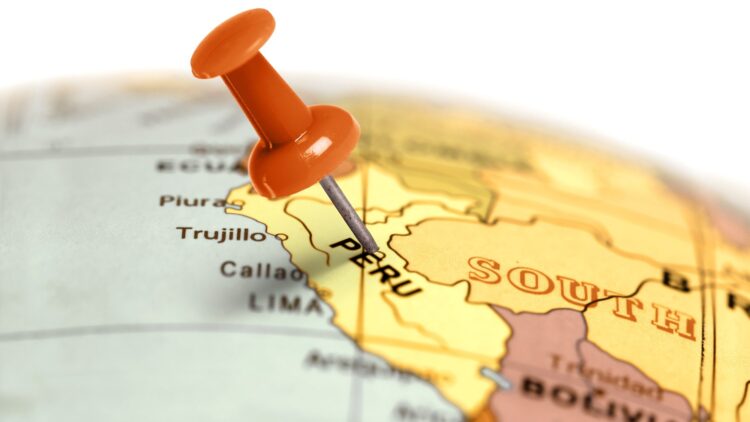Hidden cities oftentimes feel like the product of a movie, or an overactive imagination. Cloistered away between mountains, deep in the valley, or taken over by a forest, they enchant our imagination and make us wonder what happened to their population for them to abandon their home. One would think that we have already explored the whole world and found all the places that prior humans have reached, but in reality we are still discovering old places of refuge even today, and one of the most impressive ones is hidden in Peru’s Huaura province, just north of Lima. Named Peñico, this ancient site was discovered after nearly ten years of excavation work, and experts believe it dates all the way back to around 1800 BCE and that it was abandoned for nearly 3,000 years.
Although everything about this hidden city is surprising, the main thing archaeologists are still stunned by is just how old it is. Much older than the Inca…” as one source puts it. Given the fact that most people associate Peru’s ancient history with the Inca, who built some of the country’s more impressive sites like Machu Picchu, finding a civilization that was just as impressive and predates them is a surprising twist of history. Peñico predates he Inca by millennia, as, while the Inca Empire rose in the 1400s, Peñico was already a bustling hub nearly three thousand years earlier.
The city of Peñico, a key part of the history of Peru
According to evidence found in the dig, Peñico served as a key urban center that helped connect different regions, particularly the coastal communities of the Supe Valley with inland groups from the Andes and even the Amazon. The city was built strategically to accomplish this function. It sits about 600 meters above sea level, perched on a natural terrace that runs alongside the Supe River and is surrounded by hills that reach up to 1,000 meters, offering natural protection against things like floods and landslides.
Like many ancient enclaves, its location is not random, and it was chosen on purpose to offer both safety and access, making it a great place for people from different areas to meet, trade, and share ideas. The builders were those of the Caral tradition, some of the earliest complex societies in the Americas, and they left behind a rich archaeological legacy in the Supe Valley, but until recently, most of the attention had been focused on the Sacred City of Caral. Now, the discovery of Peñico is almost overshadowing the Sacred City of Caral, as Peñico appears to have taken on a more prominent role at the time.
Experts like those in the Ministry of Culture believe that Peñico started to gain influence when a shift in existing social and economic ties began to push the Sacred City of Caral into obscurity as well as Peñico’s role in hematite mining. Hematite was more than just a resource, it had symbolic value in Andean belief systems and was used to make red pigment which also had significant symbolic importance within Andean cosmology.
Although it has been closed for a very long time Peñico is now open to the public, and people have already started visiting. In fact, this past weekend, the site hosted its first traditional Andean festival. The Ministry of Culture announced as “The event will [include] a ceremony of offering to Pachamama, a recognition of the local population for their connection to cultural heritage, and an artistic festival.”
Considering the city was abandoned for millennia, traversing its roads, looking at its infrastructure and discovering its secrets still seems like somewhat of a sacrilege, but one that will be well worth it for those who can make it there, as the wonders that await are quite spectacular.

